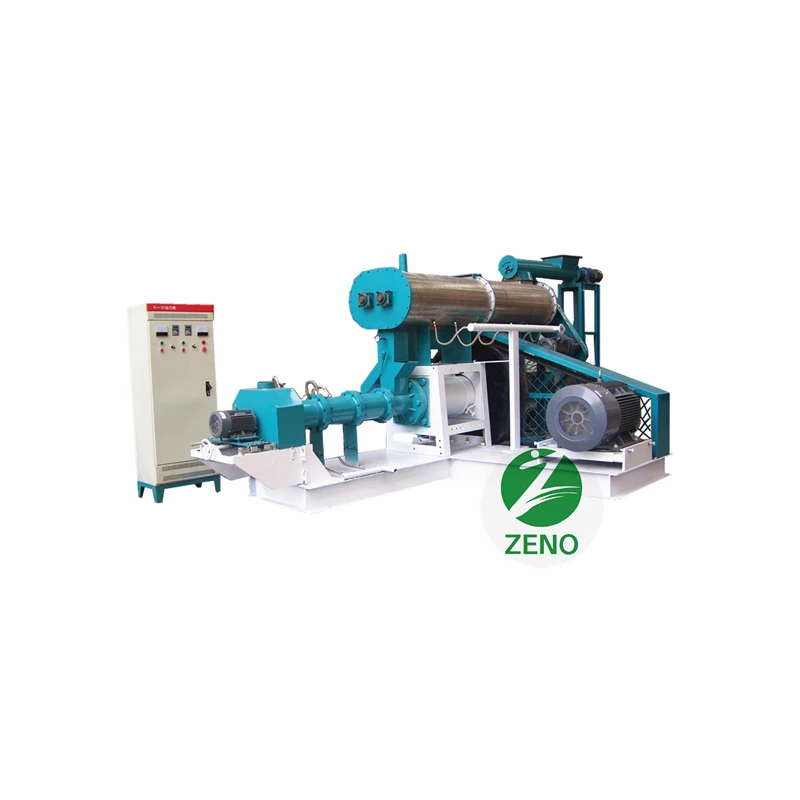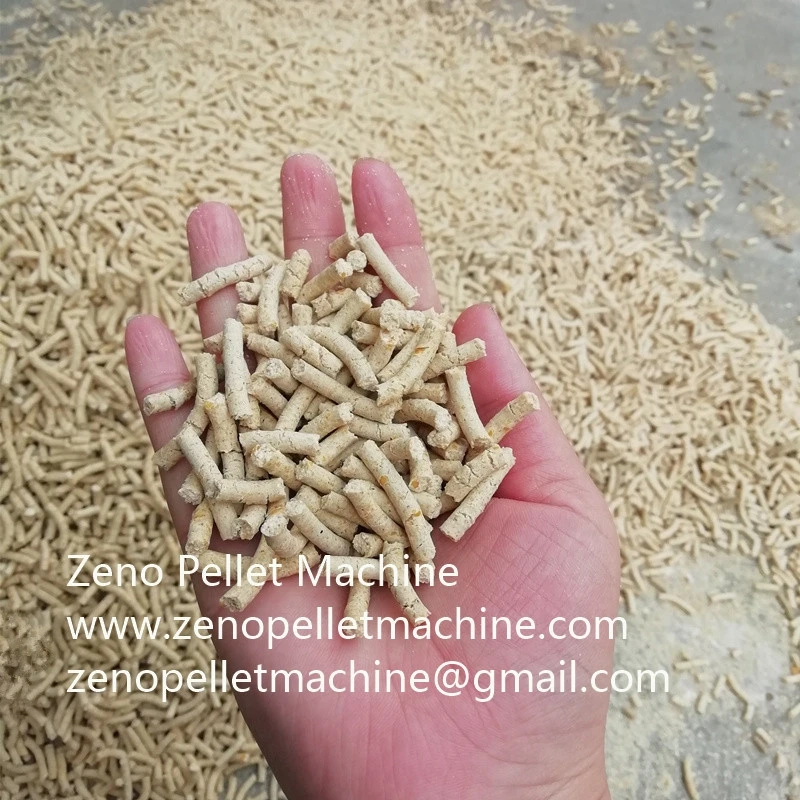Variability of feed ingredients is unavoidable. Differences in climate, soil, plant genetics, fertiliser use, transport, storage, for example, mean that deliveries into the animal feed making machine from different suppliers, or even on different days, can contain different nutrient levels. Using a rapid NIRS system for quality control as the feed ingredient arrives means that storage can be rationalised and, if necessary, prices renegotiated, or deliveries refused, based on the analysed nutrient matrix. But to achieve this level of quality control, the sampling must be undertaken in a consistent and reproducible way to avoid any bias or variability generated by the sampling technique. It is, therefore, essential to develop, and always follow, an agreed sampling protocol, including when, where, how and how often. The same applies when NIRS analysis is used to check outgoing, finished feeds.
Taking a truly representative sample
Sampling should be designed to capture a truly representative cross section of the batch being assessed. Statistically, the more samples taken, the more accurate the result. The sampling protocol should specify that samples are taken from different parts of the batch, including middle, top and edges, using standard equipment and techniques.
The sampling device should catch a truly representative sample, and not miss particularly large or small particles. If samples are to be ground before being analysed, then a grinder with an inbuilt sieve, is preferable. NIR spectra are strongly influenced by particle size and an incorrect grinding procedure can result in incorrect amino acid estimations. Whatever system is selected, it should be the same as that used on the reference samples for calibration.
Ideal number of samples
The more samples are taken, the more accurate any variation within a batch can be defined. However, the number of samples that can be taken in practice is usually limited by factors such as available time and labour. The number of samples to be taken should, therefore, reflect the expected variation within a given batch, which can, in turn, be defined by previous data based on deliveries from the same or similar sources. The ideal number of samples to be taken from a given batch can be calculated using a formula based on the variance of nutrients within the load. For example, if the aim is to analyse the crude protein content in a delivery of 100 bags of fish meal (where variance is 0.7 according to previous data and the intended result of the analysis must not differ by more than five per cent from the actual value), then 10 bags should be sampled.
Data analysis
The key to gaining insight into raw material variation by NIRS analysis is having access to a comprehensive pool of analytical results, achieved by measuring each batch of incoming raw material. All analytical data should relate to the corresponding batch information, such as batch number, supplier, origin country of raw material, country of processing and date of receipt. Then data are statically evaluated for the relevant parameter sets, e.g. ‘amino acid and energy content – purchasing prices – supplier’s reliability in delivery’ and translated into decisions. If NIRS prediction services are outsourced, the service provider should visit the chicken feed making machine, advise on sampling method, train the lab staff on good NIRS praxis, check for correct NIRS equipment set-up and validate the performance of the NIRS instrument using current calibration versions which, in turn, should be reliable and robust. The AMINONIR service, for example, is based on remote calibrations being updated frequently and containing a huge number and range of feed ingredient and feed samples from around the world. It provides customers with fully automated results 24/7 via a dedicated software package. As well as holding a large number of sample data, it is important that NIRS calibrations are continually updated, comprehensibly validated and checked in terms of their performance for current raw material qualities in the network.
Summary
Precise information on the nutrient contents of feed ingredients facilitates the production of predictable, consistent, safe and cost-effective animal feeds, and hence optimal animal performance. NIRS has become a global industry standard to achieve that goal, but the usefulness of this technology relies heavily upon sound operating procedures and reliable, comprehensive calibration data, as well as consequent data monitoring.


